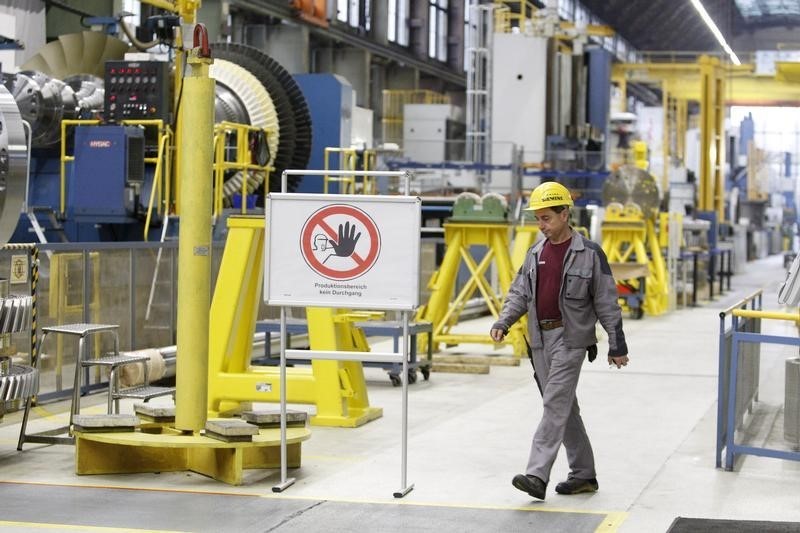By Geoffrey Smith
Investing.com -- A key gauge of U.S. manufacturing activity improved in January, but another reading implying a fall in activity did little to calm fears of a looming recession that swept across financial markets on Wednesday.
The Philadelphia Federal Reserve's manufacturing index rose modestly for a second straight month, to -8.9 from an upwardly revised level of -13.7 in December. While the index level is still low by historical standards, it contrasts starkly with a plunge in the analogous index published earlier in the week by the New York Fed.
The Philly Fed index is generally considered the more accurate reflection of manufacturing trends nationwide, and the numbers fleshed out a picture of weakening activity across the U.S. at the end of last year. On Wednesday, financial markets tumbled after December data for retail sales and manufacturing production had both fallen well short of expectations.
"The indicators for current activity and new orders improved from their December readings but remained negative," the authors said in a summary, adding that the survey suggested firms have only "tempered expectations for growth over the next six months."
Further evidence of the slowdown across the economy came on Thursday in the shape of housing starts and building permits data for December, both of which fell to their lowest levels since the middle of 2020. Oxford Economics analyst Nancy Vanden Houten noted that the bigger-than-expected decline in building permits, especially for single-family units, suggested that housing activity will remain weak throughout the first quarter.
She argued, however, that the worst of the decline in housing construction is probably over, after a 22% drop last year.
The labor market, however, remained a bright spot, with initial jobless claims falling to a new nine-month low of 190,000, defying expectations for an uptick. The numbers reinforced impressions that the ever-larger numbers of people being laid off around the country are still not struggling to find new jobs and that the slowdown may currently not be as severe as would otherwise be the case.
Diane Swonk, chief economist with KPMG, said that the labor market's strength still means it's hard for the Federal Reserve to stop raising interest rates, even though the signs of a slowdown in the fourth quarter have become impossible to overlook.
Swonk said the Fed was still likelier to "go further" rather than "stop short" - an idea that she said financial markets are finding it hard to take on board.
Her comments were corroborated by Boston Fed President Susan Collins shortly after the data, who told a conference in a speech that labor costs are still rising too fast for comfort, and that the Fed probably needed to raise the fed funds rate "just above 5%" and then hold it there "for some time."
